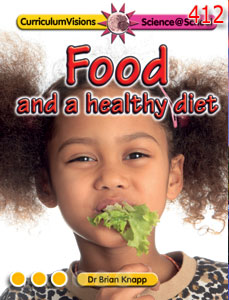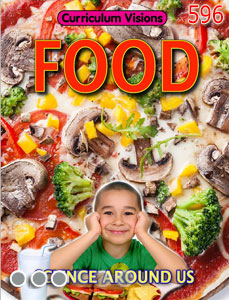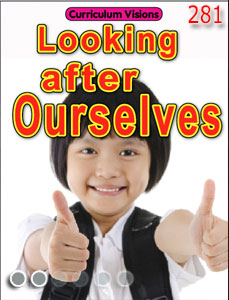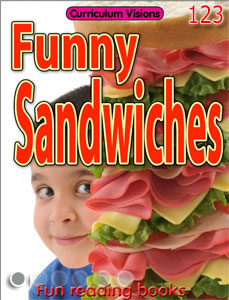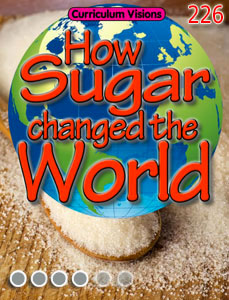Our unique library of online books is the foundation on which everything else is built.

Curriculum Visions is a website for educators and children in the learning ranges Foundation to Year 8.
I began as a teacher, writing text books in my spare time, and later founded the company that began to provide non-fiction books for children in ages up to about year 8.
We started with a handful of books, and they were all printed. No Internet then. But things have changed over the years, and now we have literally many hundreds of curriculum books, and many are digital only. Why the change, and how does it support you? We work partly in the world of textbooks, which are core curriculum books, and partly in the world of what are known as supplementary materials – information books, lesson plans, activities, videos and the like. All of our textbooks are printed and you can buy them through our store and elsewhere. But supplementary materials are more targeted, and so would not pay for themselves as printed materials. Printed materials also take a long time to produce. The world is moving on. Now the requirement is for new supplementary materials all of the time, and to keep prices down. This requires a change of approach, and explains why our supplementary books – which we call Creative Topics – are digital only.
Once you move to digital, you also have to move to a subscription model. But that is also better value for money for customers. Our prices for getting on for a thousand books, over a thousand videos, countless lesson plans, activities, worksheets, images and the like starts at just £1 a student a year. A quarter of the price of a single cup of coffee in a cafe. When you go into a cafe, just think: I am paying the same for a single drink as I would provide for four students for a whole year in my school. How good is that?
We are unique in founding what we do online on books. No other website does what we do. The way we make materials available is also unique. There is NO RESTRICTION on how subscribers use these books. There are no library cards or fixed number of books that can be 'taken out'. All subscribers can take out all of the books all of the time for as long as they want. How good is that? Compare it to the normal system with restrictions upon how many books can be on loan at any one time. It blows others away.
The point is, you cannot educate when you place restrictions on access to resources. So we say, once you have a subscription, you have access to all of the library books all of the time. Period.
Most of the books are no-fiction, together with some fiction including the classics. The non-fiction books are all written and produced by us. They are all leveled for students, and each is give a guideline reading age by means of green discs on the cover.
You can browse all of the bookshelves if you want. But it's a lot to trawl through. You may, however, want to go to the new additions from time to time and see what there is.
But you can usefully use the browsing to get students to choose a book to read each week. Every books is numbered (top right on the cover), so they can tell you which book it is and its title. To find it again, use the Search (Find it for me).
Books are suitable for all devices. The text books are also available in printed form.
For your everyday use, you will find we have grouped related books under subject and topic. So, for example, if you go to History>>Egyptians in the menu, you will see the main text books (we have 2 reading levels of them), and all of the supporting books and other resources on the adjacent bookshelves.
Alternatively, go to the search and simply put in the subject "Anglo-Saxons". Books have a book icon, blue headings are portals with books combined with videos, lesson plans and so on..
The editor
PS In general teachers often find it better to use the subject menu at the top of the home screen, while getting students to use the find it for me button for something specific.

